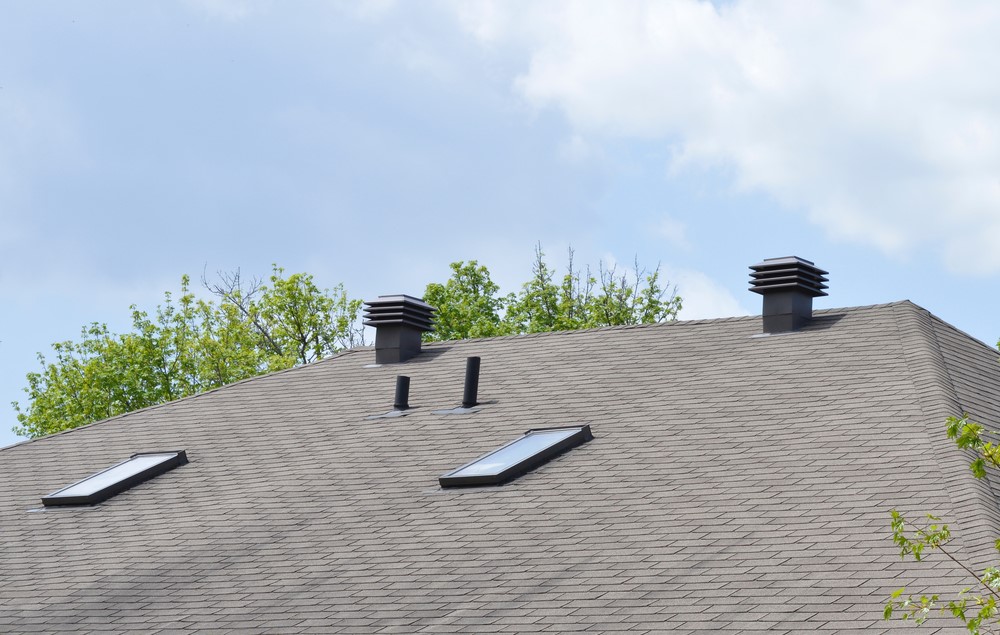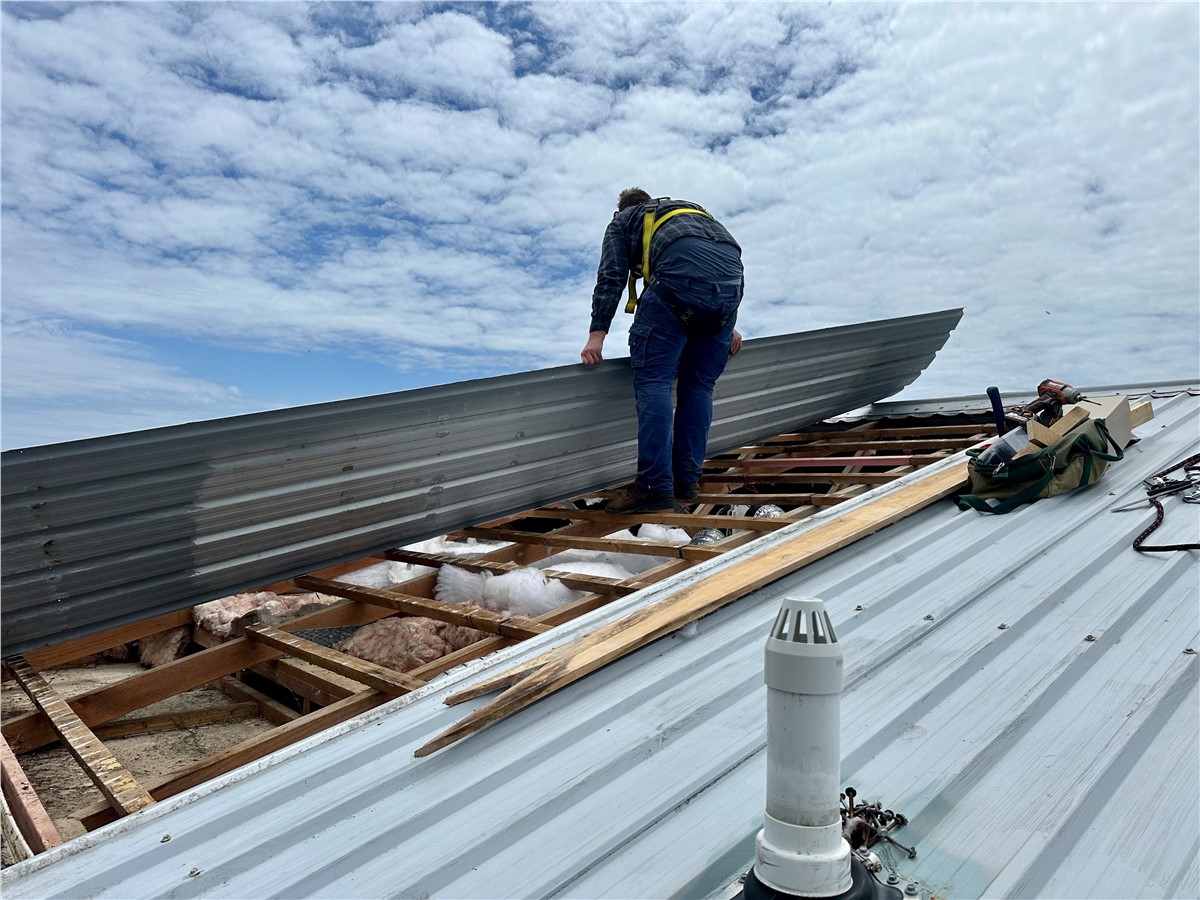No matter how things turned out for Dorothy after her twister ride in The Wizard of Oz, tornadoes never have pleasant results. If you remember last year's storms--especially those that hit North Minneapolis--now is a good time to make sure your home is ready to stand up to high winds and damaging storms. Quarve Contracting, the leading Minneapolis area roofing company, has a number of roofing solutions designed especially for storm-prone areas such as the Twin Cities area.
April is National Tornado Awareness Month, and with the month almost at an end, it's important that you are aware of the danger signs of tornadoes, and the steps you can take to avoid damage to property and life. Tornadoes develop in warm moist air, generally ahead of cold front moving east. Tornadoes generally occur east of the Rockies in the United States. Here are some important points to be aware of:
- Know the difference between a tornado watch and a tornado warning. A tornado watch is issued when conditions are right for a tornado to form. A tornado warning means that a tornado has been sighted on the ground in a nearby area.
- It is a myth that tornadoes do not form over large cities or bodies of water. Tornadoes have occurred in nearly all types of terrain.
- It is also a myth that tornadoes do not form in cooler weather. Just as thunderstorms have, tornadoes can occur even in winter, although the majority are during spring and summer months.
- If a tornado watch is issued, stay aware of changing weather conditions. Rising winds accompanied by heavily blowing debris may immediately precede a tornado. Often people also report the sound of an oncoming train as the tornado approaches.
- If you are in an area where tornado sirens sound, or you see a tornado warning on your TV screen, take shelter immediately. Tornadoes can move erratically and quickly. Where is the best place to take shelter? A basement if you have one. If not, the lowest level of the building in an interior room without windows (such as a closet or bathroom). If you are in a manufactured home, a vehicle, or outdoors, take shelter in a building if available. If not, lie flat in a ditch or other low lying area, a safe distance from other structures, telephone poles, etc.
Tags
Subscribe to Quarve Contracting's Blog






Comments